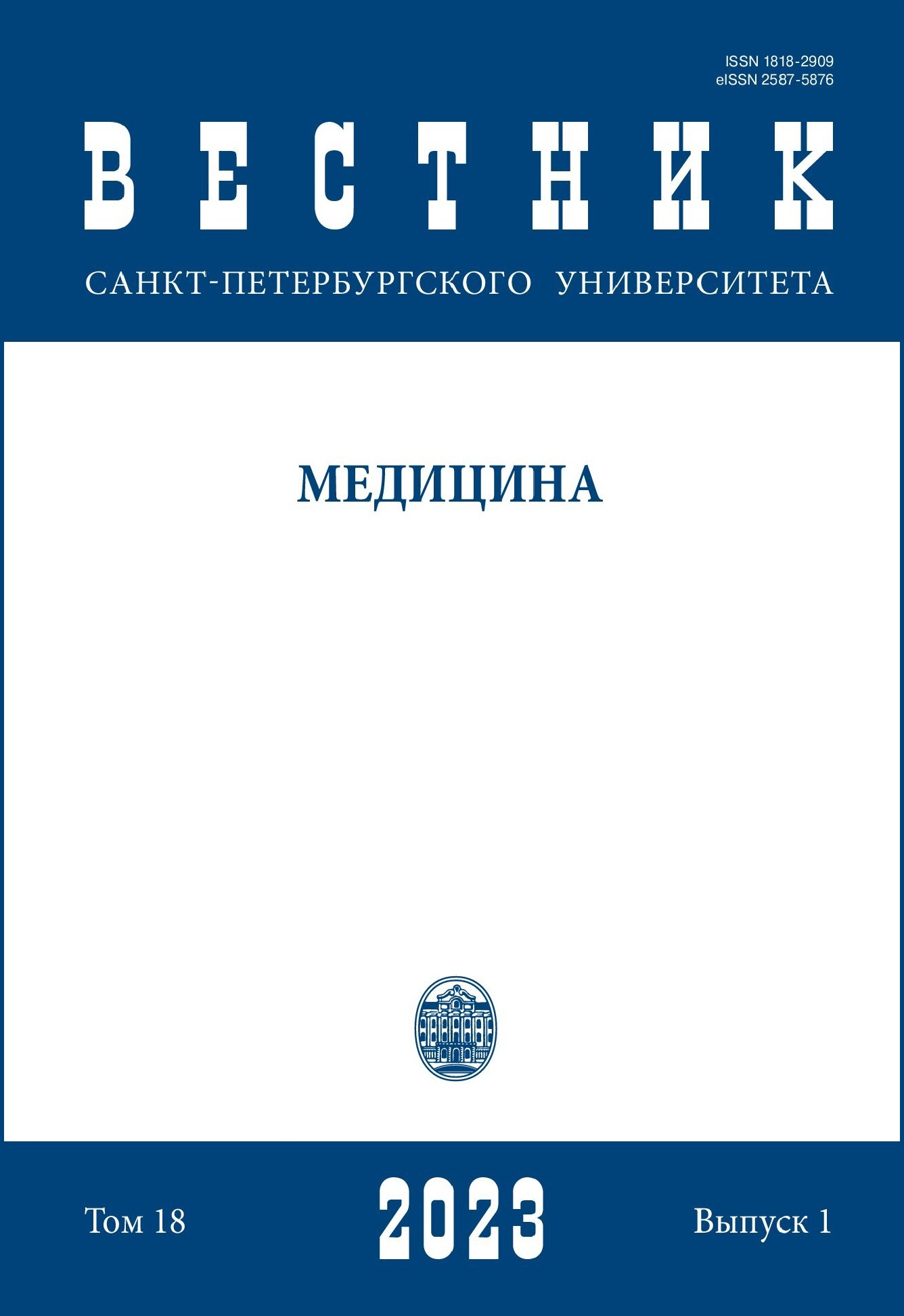Atriopathy and atrial fibrillation. Part II
DOI:
https://doi.org/10.21638/spbu11.2023.104Abstract
Atrial fibrillation is based on various forms of congenital and acquired pathology. When choosing a method of treatment, it is important to understand not only the causes of arrhythmia in a particular patient, but also the features of its mechanism and progression factors. Obviously, there is a difference in the mechanisms of paroxysmal and nonparoxysmal forms of atrial fibrillation. Criteria and methods for assessing the stage of possible reverse structural and functional changes in the atria after stabilization of the heart rate are of great clinical importance. The second part of the review reflects the immediate causes of atriopathy, including heart amyloidosis, mutations of the natriuretic peptide precursor A, hereditary myodistrophia, heart failure, obstructive sleep apnea, drug effect, myocarditis, genetic disorders of repolarization, aging, arterial hypertension, obesity, diabetes mellitus, heart defects, atrial fibrillation itself. Qualitative and quantitative methods of atrial fibrosis evaluation are described, as well as the possibilities of reverse remodeling. The potential role of fibrosis as a direct cause of systemic thromboembolism and ischemic stroke in atrial fibrillation patients is considered. Ways of atriopathy prevention and treatment are discussed. An algorithm for assessing the severity of atriopathy and the probability of maintaining sinus rhythm are presented.
Keywords:
anticoagulants, atriopathy, inflammation, stroke, cardiomyopathy, catheter ablatio, left atrium, remodeling, thromboembolism, atrial fibrillation, fibrosis
Downloads
References
References
Iung B., Leenhardt A., Extramiana F. Management of atrial fibrillation in patients with rheumatic mitral stenosis. Heart, 2018, vol. 104, no. 13, pp. 1062–1068. https://doi.org/10.1136/heartjnl-2017-311425
Akar J. G., Halperin J. L. Randomized trial of atrial arrhythmia monitoring to guide anticoagulation.Eur. Heart J., 2015, vol. 36, no. 26, pp. 1660–168. https://doi.org/10.1093/eurheartj/ehv115
Downloads
Published
How to Cite
Issue
Section
License
Articles of "Vestnik of Saint Petersburg University. Medicine" are open access distributed under the terms of the License Agreement with Saint Petersburg State University, which permits to the authors unrestricted distribution and self-archiving free of charge.




